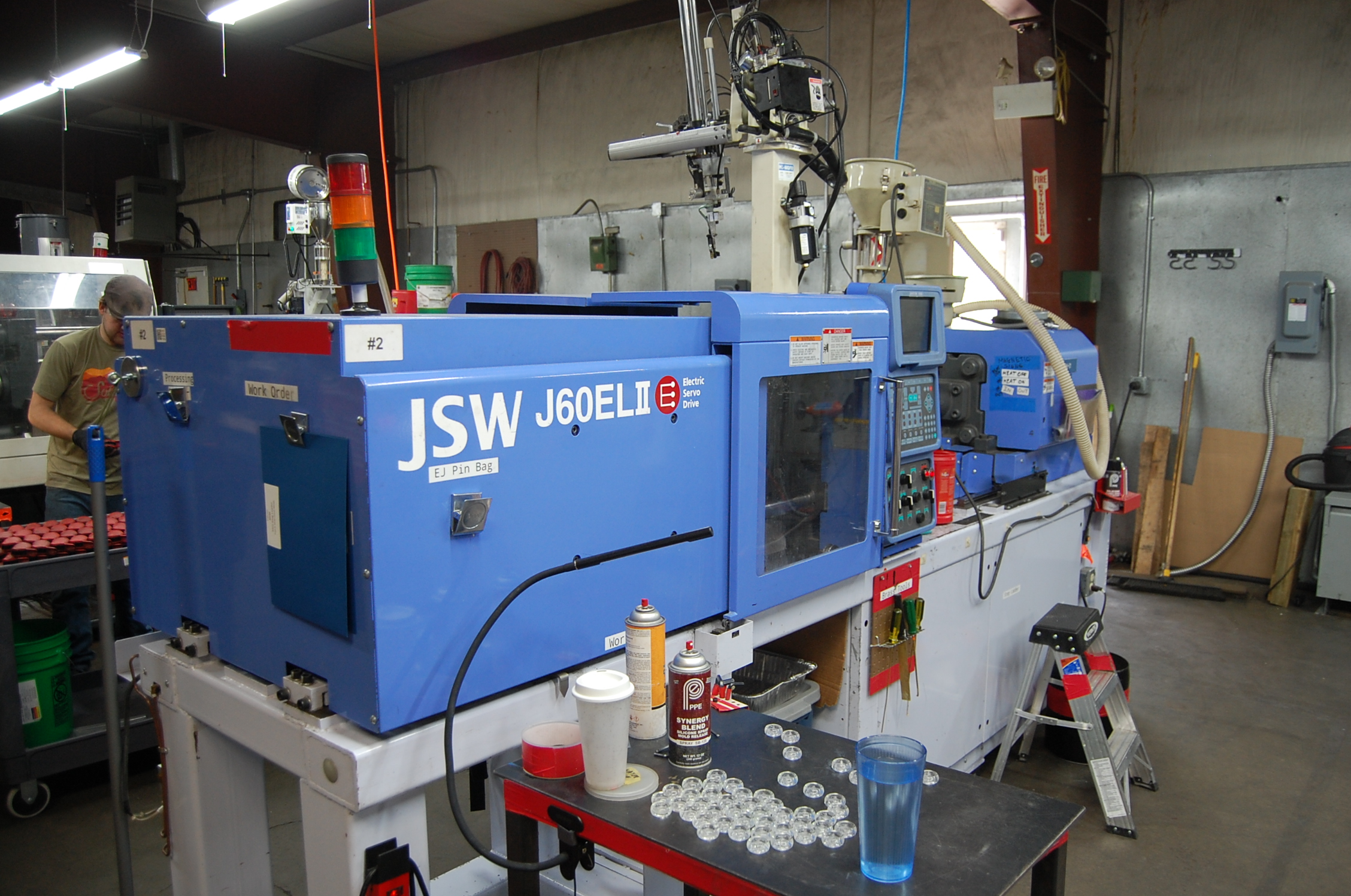The Basic Principles Of Additive Manufacturing s
Wiki Article
Rumored Buzz on Hon Hai Precision
Table of ContentsThings about Die CastingSome Known Details About Manufacturing Not known Incorrect Statements About Plastic Manufacturing 10 Simple Techniques For Lean ManufacturingHon Hai Precision for BeginnersPlastic Manufacturing - An Overview
The message on this web page is a sample from our complete White Paper 'Injection Moulding for Customers' - * Example text * - for complete overview click the download button over! Introduction This guide is planned for people who are aiming to source plastic mouldings. It gives a much needed insight right into all that is entailed with developing plastic components, from the mould tool required to the moulding process itself.If you want to explore better, the overview covers sorts of mould devices, in addition to special ending up processes such as colours & plating. Words that are underscored can be found in the glossary in the appendix ... Part I: Moulding: The Fundamentals The Benefits of Injection Moulding Plastic injection moulding is a very specific procedure that supplies a number of benefits over other plastic handling approaches.
Precision is excellent for very elaborate parts. You can hold this moulding in the palm of your hand as well as it has employers, ribs, metal inserts, side cores and also holes, made with a gliding shut off function in the mould device.
5 Easy Facts About Die Casting Shown


from material feed & melting; material shot; cooling time as well as ejection to the re-closing of the mould device prepared for the following cycle. Draft angles - The wall surfaces of a moulded component should be somewhat tapered in the direction in which the part is ejected from the mould tool, to allow the component to be ejected quickly.
Ejector stroke - The pressing out of ejector pins to eject the moulded part from the mould device. Ejector stroke speed, size and also timing requires his comment is here to be very carefully managed to protect against damages to the ejectors and also mould device, but at the same time make the moulding cycle as brief as feasible.

The 5-Second Trick For Lean Production
Ribs - When a plastic part has thin walls, ribs are included in the design to make the thin walls stronger Side cores - Side action which creates a function on a moulded component, at an opposing angle to the typical opening direction of the mould device. oem. The side core requires to be able to withdraw as the plastic component can not be ejected otherwise.
Wall surfaces - The sides of a moulded part The text on this page is an example from our full White Paper 'Injection Moulding for Buyers'.
Manufacturing procedure for creating components by infusing liquified material into a mould, or mold Simplified representation of the process Shot moulding (U.S. punctuation: shot molding) is a production procedure for creating parts by infusing liquified material right into a mould, or mold and mildew. Injection moulding can be performed with a host of products primarily consisting of steels (for which the process is called die-casting), glasses, elastomers, confections, as well as most frequently thermoplastic and thermosetting polymers. Shot moulding is widely used for making a variety of parts, from the tiniest parts to whole body panels of automobiles. Shot moulding uses a special-purpose device that has three components: the injection device, the mould and the clamp.
The Buzz on Additive Manufacturing
, with the volume used of the oem product former being significantly higher.: 13 Thermoplastics are widespread due to qualities that make them highly ideal for shot moulding, such as simplicity of recycling, adaptability for a wide variety of applications,: 89 as well as ability to soften and also stream on heating.In several tooth cavity moulds, each cavity can be the same as well as develop the exact same components or can be one-of-a-kind and also form numerous various geometries throughout a single cycle.
The screw delivers the raw product forward, mixes and homogenises the thermal as well as viscous distributions of the polymer, and reduces the called directory for heating time by mechanically shearing the material as well as adding a significant amount of frictional home heating to the polymer. The material feeds onward through a check valve as well as accumulates at the front of the screw right into a quantity referred to as a shot. When enough material has collected, the product is forced at high pressure and velocity into the part forming dental caries. The precise quantity of shrinking is a function of the material being utilized, as well as can be reasonably foreseeable. To avoid spikes in stress, the process typically makes use of a transfer setting matching to a 9598% full tooth cavity where the screw shifts from a consistent velocity to a consistent stress control.
Everything about Hon Hai Precision
The packing stress is used until the gateway (tooth cavity entry) strengthens. Due to its little size, the gate is normally the very first place to strengthen through its entire thickness.: 16 Once the gate strengthens, no more material can go into the dental caries; appropriately, the screw reciprocates and also gets product for the next cycle while the material within the mould cools down so that it can be ejected as well as be dimensionally stable.Report this wiki page